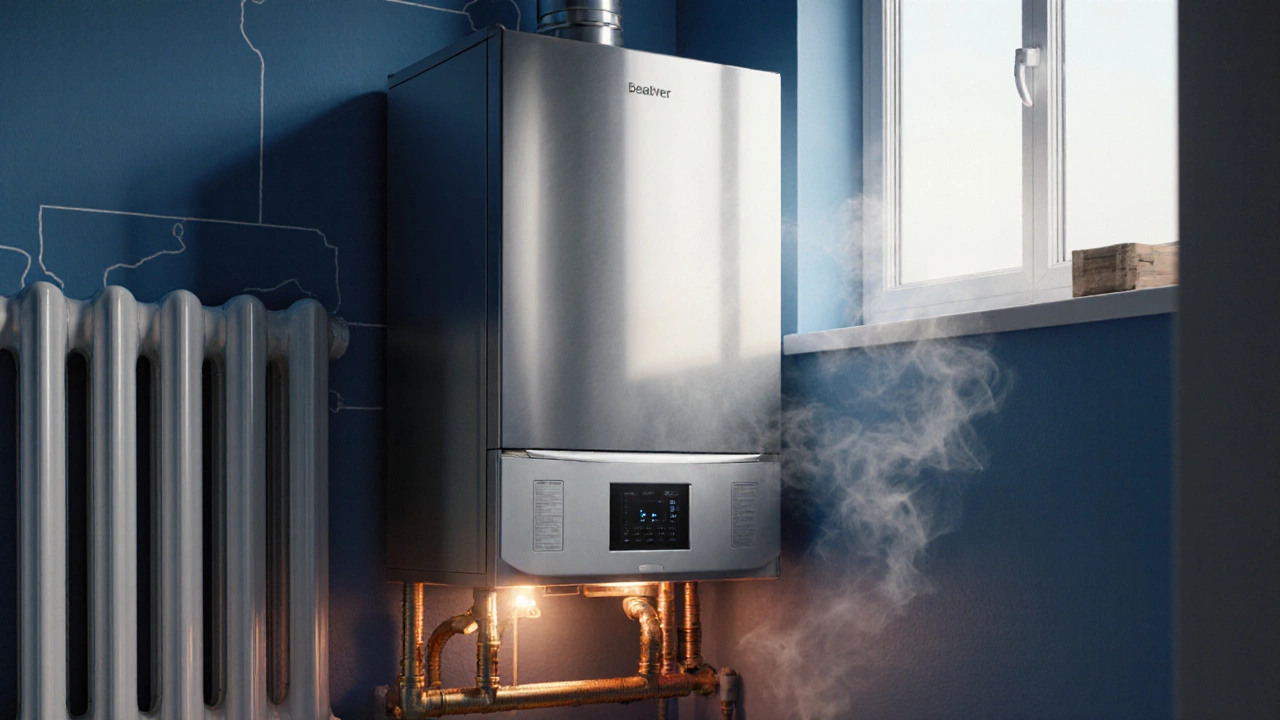DIY Boiler Inspection: Your Step‑by‑Step Safety Checklist
When working with DIY boiler inspection, a simple, step‑by‑step process you can carry out yourself to keep your heating safe and efficient. Also known as home boiler check, it helps spot problems before they turn into costly breakdowns. It relates directly to the boiler, the appliance that heats water and circulates it through radiators or under‑floor pipes that warms the house. Regular boiler service, a professional annual check that cleans and tests critical components can extend the life of that boiler, but a quick DIY inspection lets you catch issues early. When a fault appears, boiler repair, the work needed to fix faults identified during inspection or service becomes the next step. All of this happens inside your home’s heating system, the network of pipes, radiators and controls that deliver warmth to a house, so keeping each part in good shape matters for comfort and safety.
DIY boiler inspection isn’t a blind guess; it follows a clear set of actions that any homeowner can master. First, turn off the boiler and let it cool – safety is the core rule. Next, check the pressure gauge; it should sit between 1 and 1.5 bar when the system is cold. If the reading is low, you can top up using the filling loop, but only after you’ve read the manufacturer’s guide. Then, look for any signs of corrosion or leaks around the pipe joints, the expansion vessel, and the flue. A small drip may signal a failing seal that could cause carbon monoxide to escape – that’s a red flag you never ignore. While you’re at it, wipe the burner and heat exchanger with a soft brush; dust builds up and lowers efficiency. Finally, test the safety valve by gently lifting its lever; it should release water and then reseat without sticking.
Why bother with these steps when a professional can do it? Because a quick visual and tactile check takes under ten minutes and can prevent a sudden loss of heat during the coldest nights. Moreover, the inspection reveals whether the upcoming will be routine or if you need a more in‑depth repair. For example, if you notice the flame pattern is uneven or the pilot light flickers, the issue might be with the gas valve or the ignition electrode – both are parts that often require a qualified technician. If the boiler makes strange noises like knocking or whistling, that could point to scale build‑up in the heat exchanger, a problem that a professional descaling can solve but a DIY inspection can flag early. Understanding these connections helps you decide when to call a specialist and when you can safely handle the fix yourself.
What You’ll Find Below
Below this introduction you’ll discover a curated list of articles that dive deeper into each aspect of boiler care. From detailed guides on flushing a water heater to troubleshooting a stuck reset button, the collection covers common faults, maintenance tricks, and cost‑saving decisions. Whether you’re looking for a quick DIY fix or need to know when to schedule a full boiler service, the posts below give you practical steps and clear advice. Scroll on to explore the full range of tips that keep your heating system humming all winter long.
Essential Boiler Maintenance Guide: Keep Your Heating Efficient & Safe
0 Comments
Learn the essential boiler maintenance steps, schedule, DIY checks, and when to call a pro to keep your heating efficient and safe.
Read More